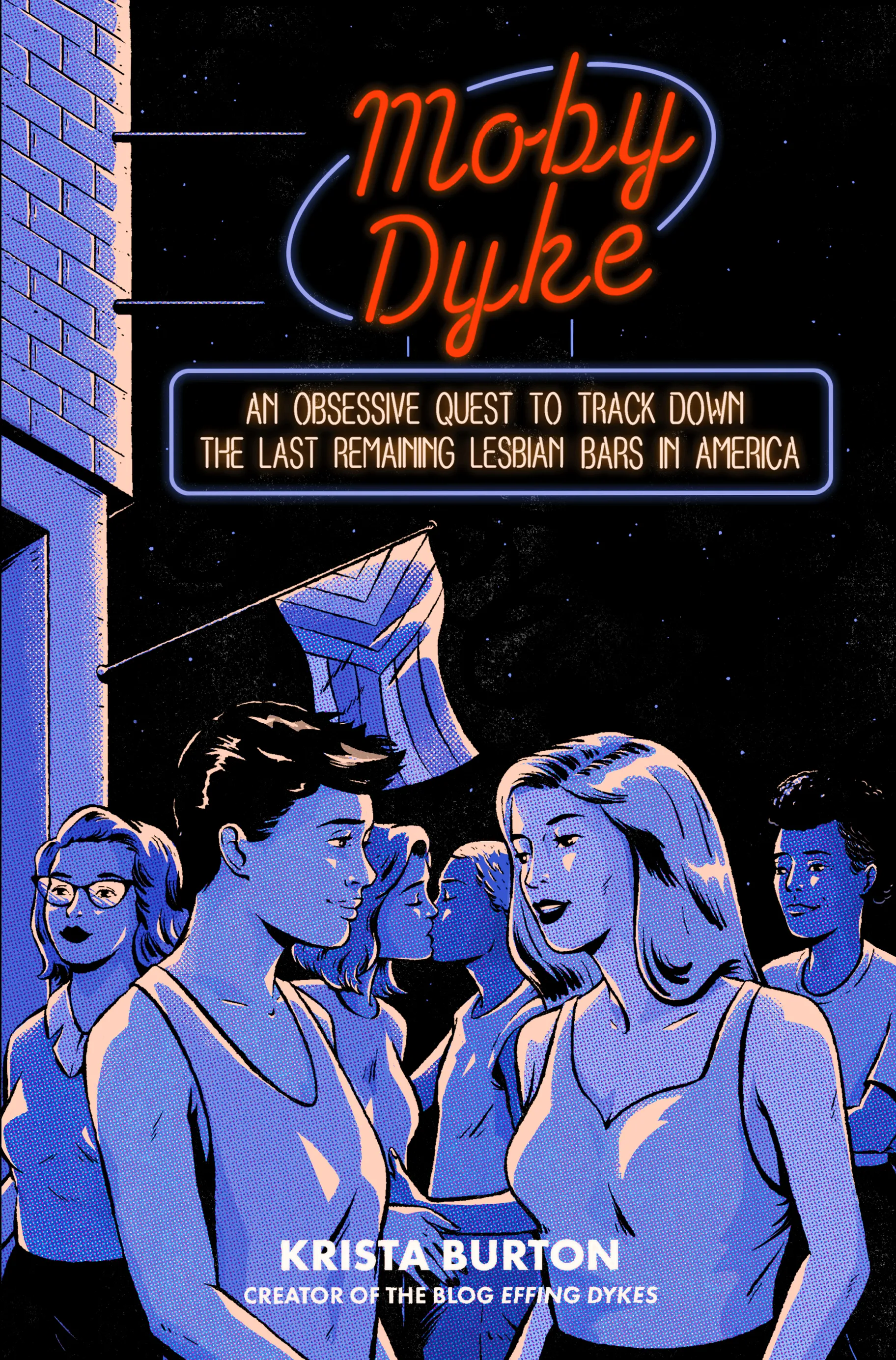Lesbian bars across the country are vanishing at an alarming rate. In 2021, the New York Times reported that there were only 20 left in the United States, down from 206 in 1987. In an op-ed piece in the New York Times, Krista Burton paid homage to some of these shuttered institutions — Ruby Fruit Jungle in New Orleans, Sisters in Philadelphia, and The Lexington in San Francisco.
Historically, lesbian bars have been a catch-all space where everyone is welcome and marginalized people can be themselves. "Lesbian bars have always just been incredibly important to the queer community at large. They are definitely a gathering point for lots of queers who don't identify as cis gay men," Burton says.
With the bleak statistics about the number of lesbian bars in mind, Burton made a pilgrimage to the ones that still had an open sign in their windows. Visiting on weekends, she squeezed her research into 18 months of travel. Some of her favorite spots included The Back Door in Bloomington, Indiana, where she witnessed "the best drag show of my entire life," and two-storied Sue Ellen's in Dallas, which Burton refers to as "a lesbian Studio 54." While big cities like San Francisco and New York can barely sustain one lesbian bar, a place like Oklahoma City, with a much smaller population, has three spots.
The result of Burton's research is the book Moby Dyke: An Obsessive Quest to Track Down the Last Remaining Lesbian Bars in America.

Since the publication of Moby Dyke: An Obsessive Quest to Track Down the Last Remaining Lesbian Bars in America, more establishments have opened. Photo courtesy of Simon & Schuster.
